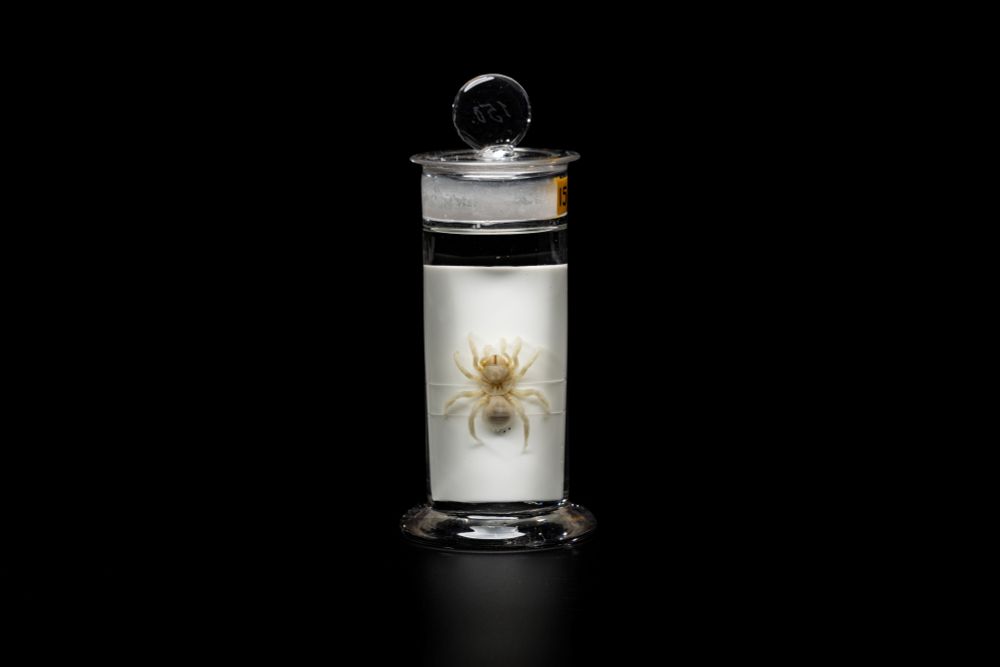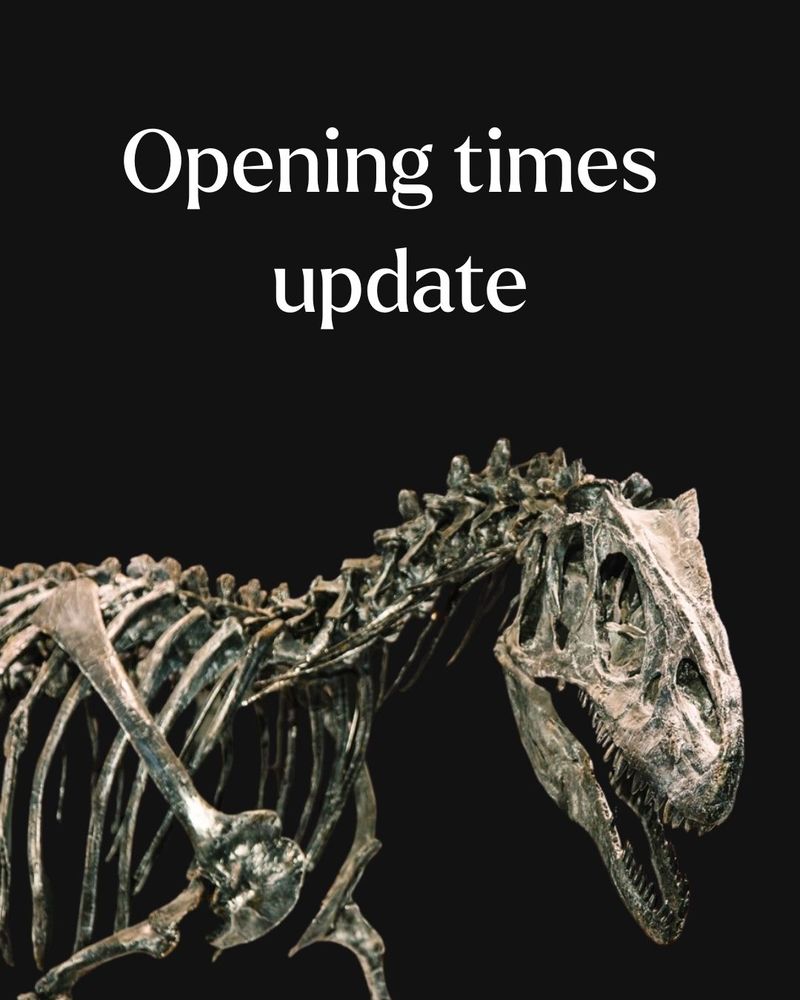Lapworth Museum of Geology
@lapworthmuseum.bsky.social
740 followers
78 following
160 posts
From dinosaurs to volcanoes, we engage all ages & backgrounds with 4.6 billion years of Earth history and evolution 🌋🦕
Posts
Media
Videos
Starter Packs

























